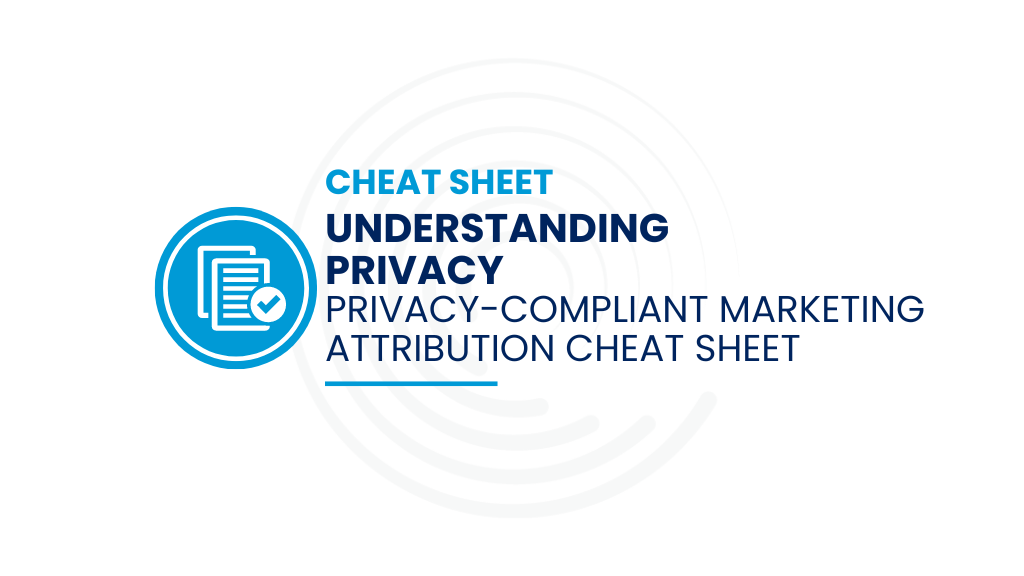Measuring marketing and its impact on revenue is a hot topic these days but making an investment for change in organizations can sometimes be challenging. More specifically, there are usually three types of reasons we make changes in business — personal reasons, strategic reasons, and financial reasons.
When measuring marketing, a lot of us have spent time with spreadsheets, doing extracts of Salesforce.com’s offering, adding and manipulating the data and then creating a chart or report. The marketing spreadsheet is particularly complex and I personally spent so much time that I would refer it as the “horrible spreadsheet” — knowing that I was spending a ton of time on a spreadsheet that had suspect data. But it was the best I could do. I know a lot of other marketers have had the same experience. Getting rid of the horrible spreadsheet with a more automated system is a delightful vision and is probably the key personal reason for investing in marketing analytics.
One of the key strategic reasons for implementing marketing analytics is to improve the relationship between sales and marketing. Sales teams operate in a data driven world particularly focused on forecasts and quota attainment while marketers often have challenges presenting data about the results of their programs.
In addition, the data in their marketing automation system always seems to be different than the data that is in Salesforce CRM. It’s been my conclusion that the key challenge for sales and marketing teams working together centers around the data. If marketing also had data that matched and complemented the sales data, then sales and marketing leaders can have truly meaningful conversations about program selection to optimize the business plan.
Lastly is the financial reason for marketing analytics and the numbers can be very interesting. Here’s a way to think about the return on investment for marketing analytics investments.This example shows how CFOs and CEOs think about the marketing spend.
Say you had a company whose annual profit and loss statement looked like this. We’ll use a small company example to make the numbers easier:
Let’s say also the sales and marketing spend was split 60% to sales and 40% to marketing. So that’s 600K for sales and 400K for marketing.
And the marketing spend looks like this:

And you know from your new marketing analytics tool that you get the following campaign influence and return on investment:

The analysis shows that you’re getting no return on Emails and WebAds but excellent return on Events and Webinars. So what if you ran an experiment and allocated the 200K spent on Emails and WebAds to Events and Webinars? What would the projected result be?








